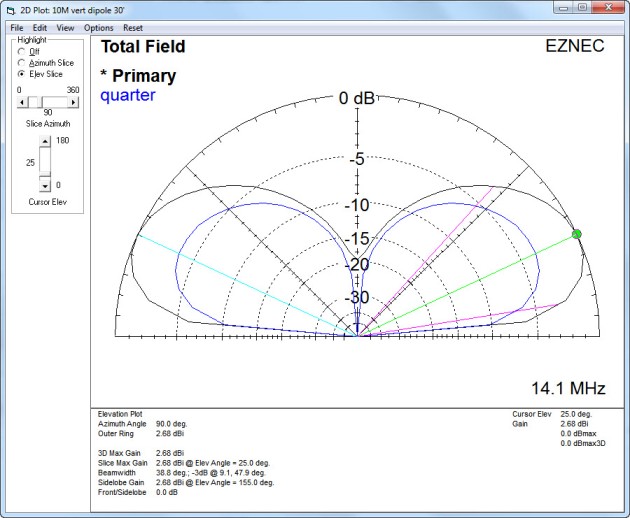I took out my homebrew Buddistick over the weekend to test its performance versus the full size verticals I have been playing with. I haven’t really deployed this in some time so I was able to make some comparisons to some of the antennas I have been working with lately, namely the 1/4 wave ground mounted verticals. Setup up was about as easy as I remembered it but certainly more complicated than the ground mounted vertical. It is also heavier than I remembered it to be. I had it setup with three guy lines and a single elevated radial and it tuned to 1.46 SWR on the 20m band. On 20m it is not a full size radiator and relies on a small coil to bring it to resonance.
Performance was actually quite good on 20m WSPR. Two days in a row I made the WSPR challenge board. It still remains about 20 spots below the nearby station of N5CEY. The number of spots on 1/2W transmit was about equal to the number of receive spots which I am finding to be a good indicator of antenna efficiency. Thais tells me what I already knew, that is, it is a good QRP field antenna.
The antenna went up Saturday afternoon and stayed up through Monday afternoon. Monday it got breezy here at the QTH. Wind speeds picked up to around 20mph with gusts to 35mph. At some point, the camera tripod failed at the point where the PVC pipe meets the tripod. The whole mess came down hard. Fortunately, the whip was spared any damage and the tripod can be repaired.

For my next trick I am going to try and replace the whip with a fishing pole and wire with an elevated radial. Should be much lighter. It has also proven to be much more resistant to the “valley Wind Machine” that builds up around here this time of year.


